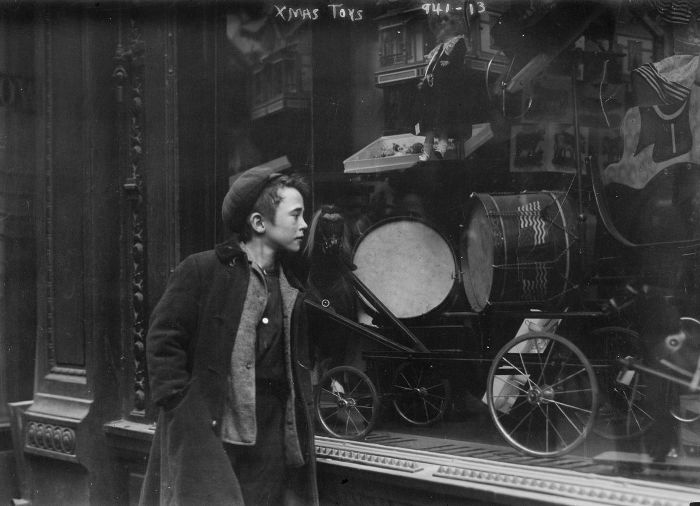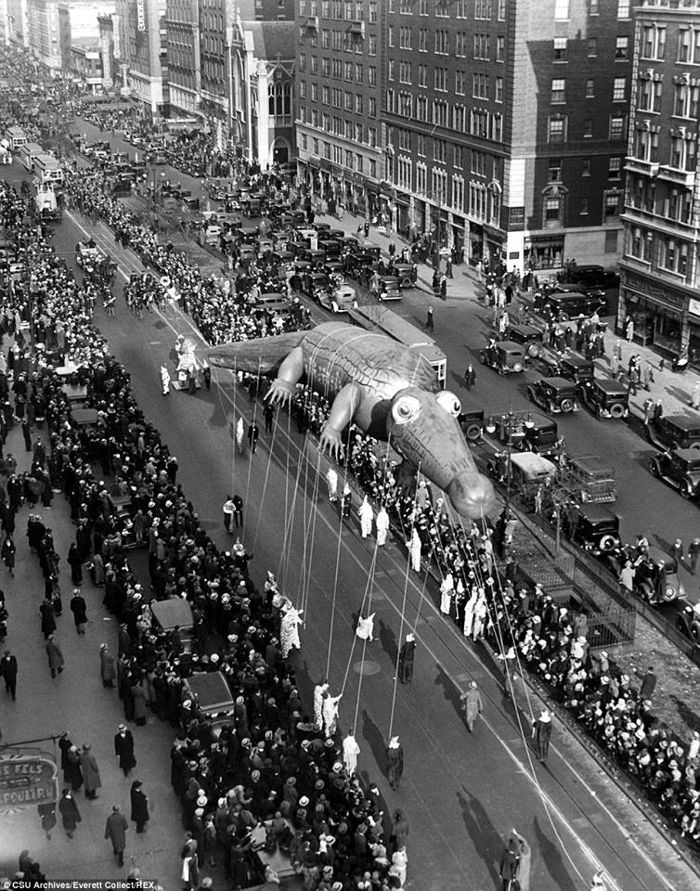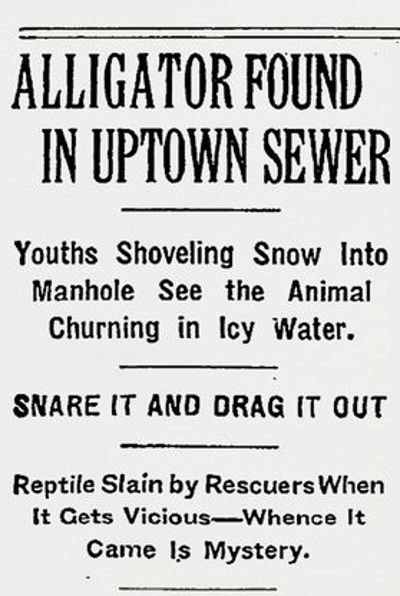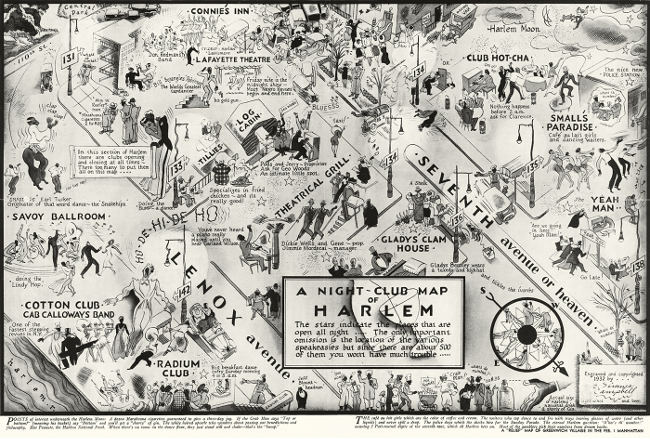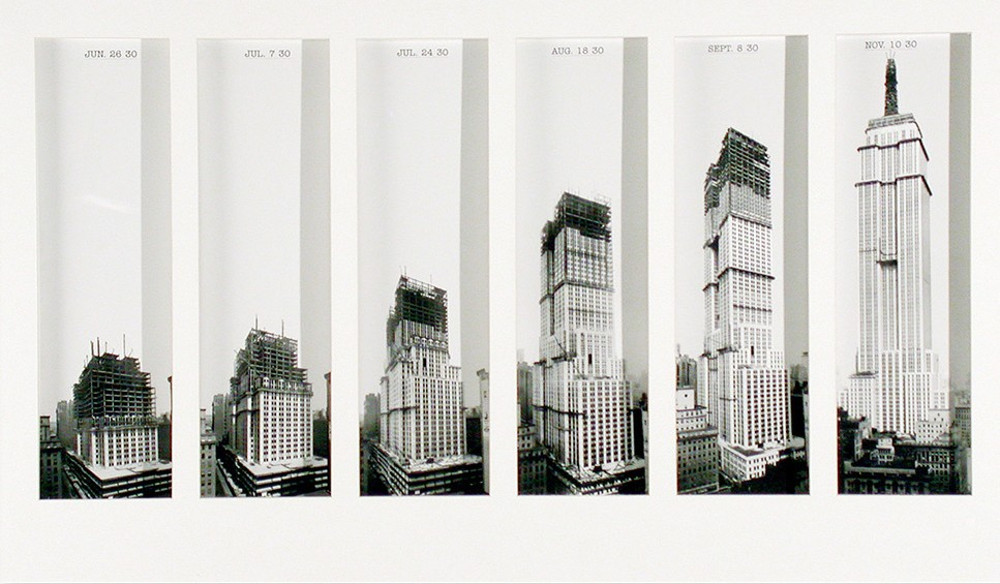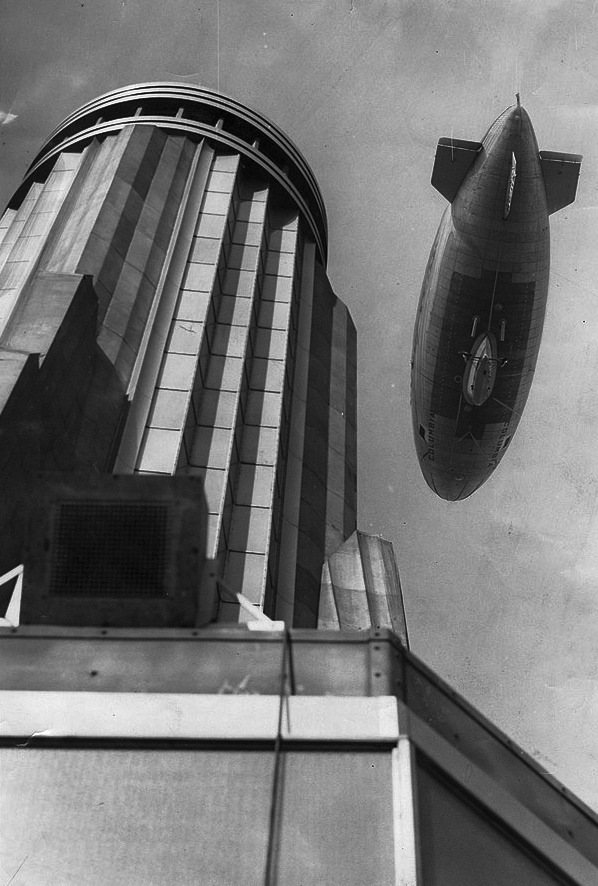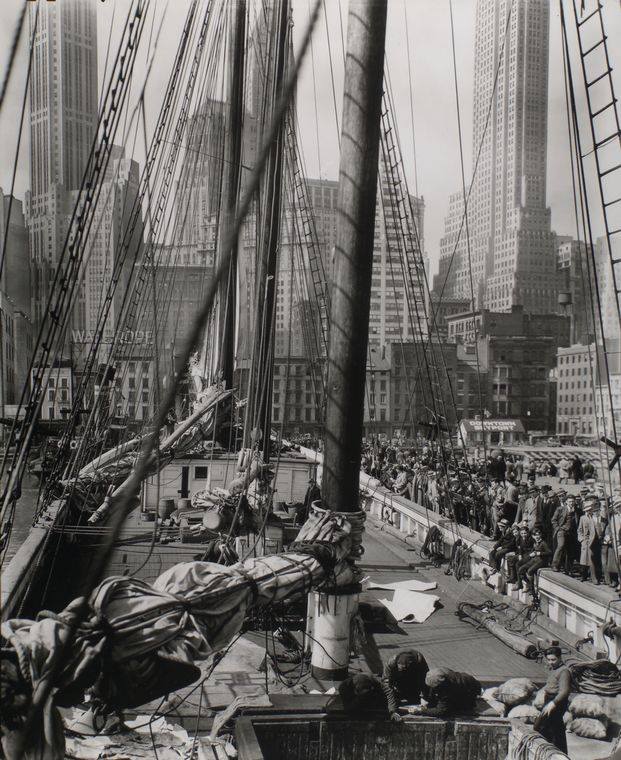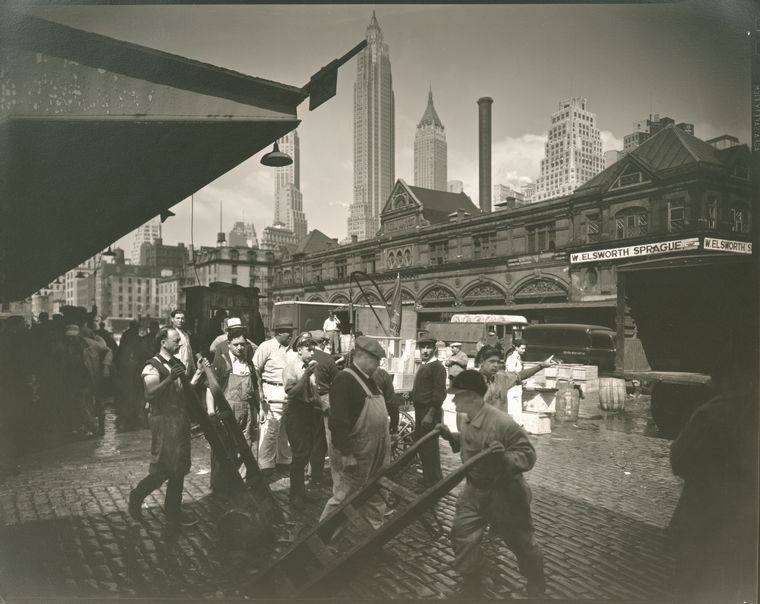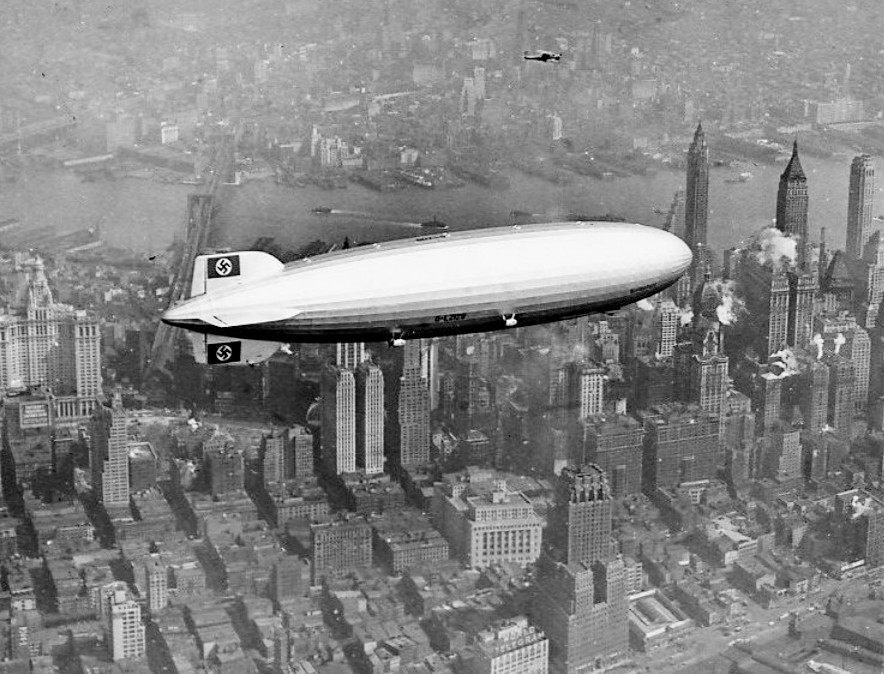Tag: NYC
The “Big Apple”, the city that never sleeps, home to 7 million people in the 1930s.
Macy’s Thanksgiving Parade, 1932
Hooverville, Central Park, NYC, 1931-32
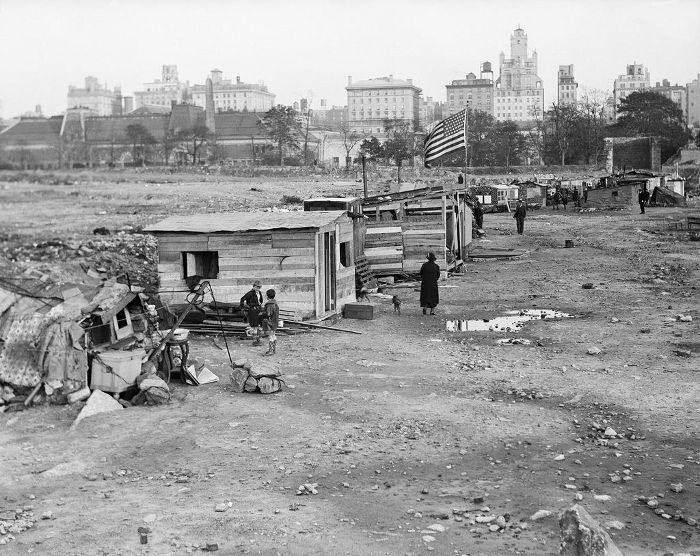 A “Hooverville” was a shanty town built during the Great Depression by the homeless in the USA. Named after President Herbert Hoover, who was blamed for the economic collapse. During the 1930s there were hundreds of these slums and hundreds of thousands of people lived in them. One of the Hoovervilles was found in Central Park, New York City where scores of homeless families camped out at the Great Lawn at Central Park, then an empty reservoir. Continue reading “Hooverville, Central Park, NYC, 1931-32”
A “Hooverville” was a shanty town built during the Great Depression by the homeless in the USA. Named after President Herbert Hoover, who was blamed for the economic collapse. During the 1930s there were hundreds of these slums and hundreds of thousands of people lived in them. One of the Hoovervilles was found in Central Park, New York City where scores of homeless families camped out at the Great Lawn at Central Park, then an empty reservoir. Continue reading “Hooverville, Central Park, NYC, 1931-32”
Waldorf-Astoria, 1931
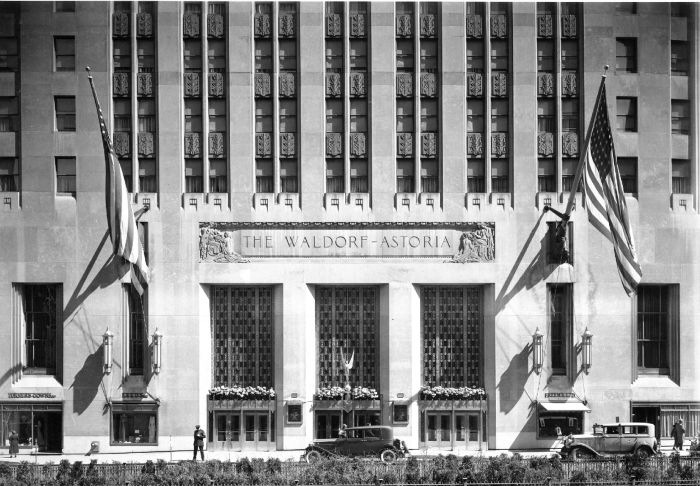
The original Waldorf Hotel was built on the site of millionaire William Waldorf Astor’s mansion at the corner of Fifth Avenue and 33rd Street. The 13-story hotel opened on 13 March 1893. Four years later, Waldorf’s cousin, John Jacob Astor IV, erected the 17-story Astoria Hotel on an adjacent site. John Jacob Astor IV died on the Titanic on 15 April 1912. William Waldorf Astoria, having returned to England in 1893, died 18 October 1919.
In 1929, the owners decided to tear down the original building due to it becoming dated and the draining of its revenues caused by Prohibition. The site was sold to the developers of what would become the Empire State Building. The current location on Park Avenue opened on October 1st, 1931 as the tallest and largest hotel in the world. (Hilton.com)
Harlem Gator, 1935
New York Times
February 10, 1935
The youthful residents of East 123d Street, near the murky Harlem River, were having a rather grand time at dusk yesterday shoveling the last of the recent snow into a gaping manhole.
Salvatore Condulucci, 16 years old, of 410 East 123d Street was assigned to the rim. His comrades would heap blackened slush near him, and he, carefully observing the sewer’s capacity, would give the last fine flick to each mound.
Suddenly there were signs of clogging ten feet below, where the manhole drop merged with the dark conduit leading to the river. Salvatore yelled: “hey, you guys, wait a minute,” and got down on his knees to see what was the trouble.
What he saw in the thickening dusk, almost caused him to topple into the icy cavern. For the jagged surface of the of the ice blockage below was moving; and something black was breaking through. Salvatore’s eyes widened; then he managed to leap to his feat and call his friends.
“Honest, it’s and alligator!” he exploded. Continue reading “Harlem Gator, 1935”
Night-Club Map of Harlem, 1932
Night-Club map of Harlem from the Feb 1, 1932 edition of Manhattan Magazine (1MB)
Points of interest under the Harlem Moon: A dozen Marijuana cigarettes guaranteed to give a three-day jag. If the Crab Man says “Top or bottom?” (meaning his basket) say “Bottom” and you will get a “shorty” of gin. The white haired apostle who wanders about passing out benedictions and philosophy. Hot peanuts, the Harlem National Food. When there’s no room on the dance floor, they just stand still and shake — that’s the “bump.”
The café au lait girls which are the color of coffee and cream. The waiters who tap dance to and fro with trays bearing glasses of water (and other liquids) and never spill a drop. The police dogs which the sheiks hire for the Sunday Parade. The eternal Harlem question: “What’s th’ number?” meaning 3 Pari-muted digits of the seventh race, which all Harlem bets on. Most of the gamblers pick their numbers from the dream books.
Empire State Building Construction
The construction of the Empire State building involved more than 3,500 workers. According to official accounts, only five workers died during the construction, although the New York Daily News gave reports of 14 deaths. An amazing number considering the complete lack of safety equipment.
